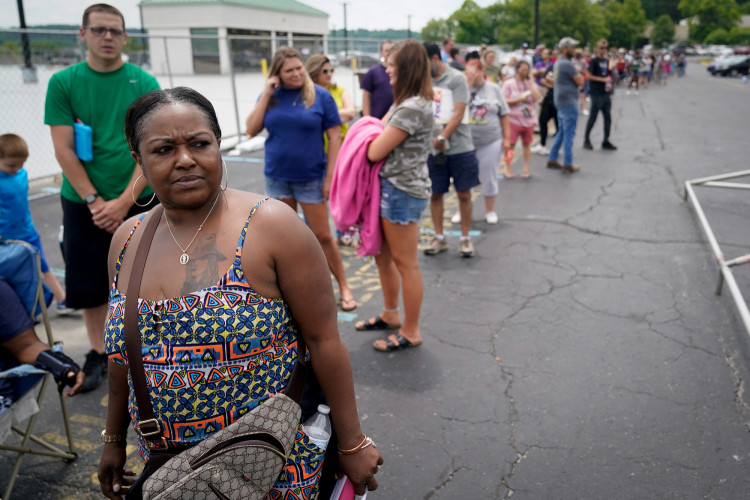Unemployment claims in the U.S. surged to their highest level in more than a year last week, driven by the aftermath of Hurricane Helene and widespread furloughs at Boeing. The Labor Department reported that initial claims for state unemployment benefits increased by 33,000 to a seasonally adjusted 258,000 for the week ending October 5, far exceeding economists' expectations of 230,000. The rise in claims marks the most significant jump since August 2023.
The spike in jobless claims was largely concentrated in states most affected by Hurricane Helene, including Florida, North Carolina, South Carolina, and Tennessee. The hurricane, which tore through the southeastern U.S. in late September, caused widespread damage and disruptions, leading to temporary layoffs and a significant number of new claims for unemployment benefits. Analysts predict that the distortions in claims data may continue in the coming weeks as the full impact of the storm is assessed.
Boeing also played a major role in the increase in unemployment claims, with the company announcing temporary furloughs for tens of thousands of employees due to an ongoing strike by about 33,000 machinists. While striking workers themselves are not eligible for unemployment benefits, the industrial action has caused ripple effects throughout the supply chain, leading to layoffs in businesses dependent on Boeing's operations.
Despite the sharp rise in claims, the broader labor market shows mixed signals. In September, U.S. employers added a robust 254,000 jobs, significantly surpassing economists' expectations and easing concerns about a potential slowdown in hiring. This gain was a notable increase from the 159,000 jobs added in August and marked the strongest monthly job growth in six months. The unemployment rate also declined for a second consecutive month, falling from 4.2% in August to 4.1% in September.
However, some analysts warn that the positive job numbers could be masking underlying weaknesses in the labor market. In a separate report, the Labor Department revealed that the U.S. economy added 818,000 fewer jobs from April 2023 through March this year than originally reported, indicating a steady slowdown in job creation. This revision, combined with the rise in unemployment claims, has led to concerns that the labor market may not be as resilient as it appears.
The Federal Reserve has already responded to signs of a weakening labor market and easing inflation by cutting its benchmark interest rate by 50 basis points in September, the first rate reduction since 2020. The central bank is now expected to lower rates again in November, with futures markets pricing in about an 86% chance of a 25 basis point cut. Fed Chair Jerome Powell recently stated that inflation is largely under control, and the focus has shifted to stabilizing the job market to achieve a "soft landing" for the economy.
While the Fed's actions aim to support the job market without triggering a recession, the recent rise in jobless claims has added complexity to their task. Peter Cardillo, chief market economist at Spartan Capital Securities, commented, "It's not terrible news, but it's certainly not good news, and it just simply indicates that maybe the best gains of inflation may be behind us for the next couple of months."
Market reactions to the jobless claims data were swift, with U.S. stock futures and Treasury yields both declining. The Nasdaq and S&P 500 futures fell by 0.6% and 0.4%, respectively, as investors digested the implications of higher unemployment claims and what they might mean for future economic growth and Fed policy. The U.S. 10-year Treasury yield also saw a slight dip, reflecting investor concerns over the labor market's direction.
Despite the recent volatility in the labor market, the outlook for job growth remains cautiously optimistic, with holiday season hiring expected to provide a temporary boost to employment numbers. However, Federal Reserve officials are closely watching for any sustained rise in jobless claims that could indicate a broader softening in the economy.
Complicating the labor market picture further is Hurricane Milton, which hit Florida recently and is expected to cause additional disruptions to employment data in the coming weeks. Economists are bracing for further distortions as the combined effects of two hurricanes and the Boeing strike play out in the employment figures.






